
Visitors to the Hybrid Rock Rose
A personal project of photographically recording the diversity of visitors to the hybrid rock rose (Cistus x hybridus).
Read moreMaintaining and improving the biodiversity of Farnham, Surrey
Explore UsWe are generating a record of the existing biodiversity within Farnham. We are collecting records from partner organisations and comissioning our own surveys to fill in the gaps. Citizen science will be a key means of gathering this information, such as garden surveys.
We are creating a Biodiversity Action Plan (BAP), to both maintain and improve the biodiversity of Farnham. This involves advising existing habitat management plans and the creation of wildlife corridors, linking our wild spaces and garden habitats.
We aim to be a key source of information for land managers, big or small, whether you manage Farnham Park or your own small garden. We shall encourage management practices which optimise the flourishing of biodiversity across the town and rural areas of Farnham.
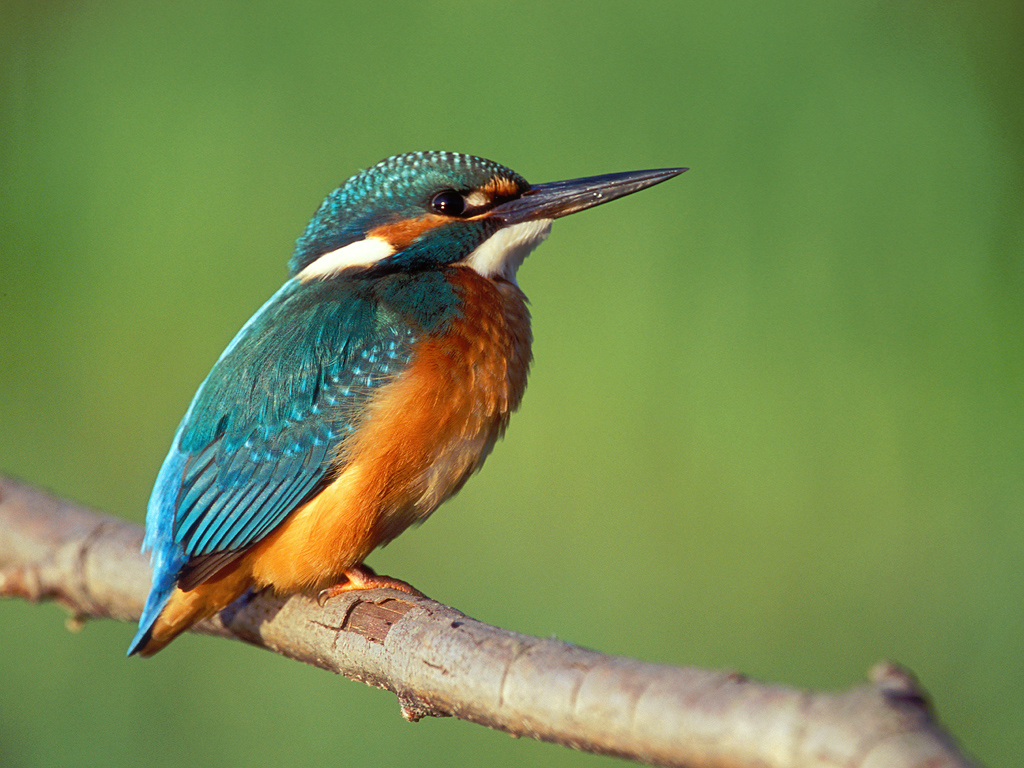
The State of UK Nature Reports, 2013 and 2016. Despite the progress made, these paint a disappointing picture with 15% of our native species under threat of extinction and 53% are in decline.
State of Surrey’s Nature by Surrey Wildlife Trust, 2018. Paints a worrying local picture with Surrey’s statistics worse in some respects than the national average.
A salutary lesson. There was a notable, thriving colony of Great Green Bush Crickets along The Bourne stream near the Fox pub until the 1990s. It disappeared perhaps because of new sewage works and tree growth taking over the grassy stream banks.
As an environmentally conscious town, Farnham considers it should do all it can to conserve and enhance its biodiversity. This is called for in the Neighbourhood Plan but at present there is no unified approach towards achieving that. We believe a good technical solution is needed.
If biodiversity is to be conserved and enhanced , a firm knowledge base is needed. Hence the requirement for a reliable inventory of habitats and species.
The excellent conservation work already going on is based on scattered sites in an uncoordinated way. Arguably, better results will be possible in all town areas with improved liaison and a degree of coordination.
Farnham is not an island. There is good work going on all round. A specific example is SWTs Living Landscapes Project with its network of Biodiversity Opportunity Areas with equivalents in Hampshire. But they stop at the boundary of the urban area. One exception is the Wey corridor

Noel MossBourne Conservation GroupBorn a man of Kent, Noel served a full career in the Army during which time he was of no fixed abode, although with his wife acquired a house in Fleet. On retirement from the Service they looked for a property with a larger garden and eventually found their present house in Lower Bourne a year later. Noel went on working in Defence Industry but, while looking for a way of connecting better with the local community, also joined The Bourne Conservation Group as a founder member. After serving his apprenticeship as secretary from 2002 until 2006 he was surprised as a conservation novice to find himself chairman, a post he has occupied ever since. In that period he has overseen the widening of the Group’s activities and takes pride in its attainments and the valuable contribution now made to natural and historical conservation in The Bourne. The need to extend a similar approach across the rest Farnham gradually became apparent has led to Noel helping with the launch of the Farnham Biodiversity Group in 2019. |

Martin AngelBourne Conservation GroupMoved to Farnham in 1978. He retired in 1997 after 32 years in the Institute of Oceanographical Sciences. For the last eleven years he was head of Biological Oceanography, and spent fifteen years as co-editor of Progress in Oceanography. He also served as Vice Chairman of the British Ecological Society for two years. After retirement he fulfilled a number of contracts including the preparation of a report on the health of the North Atlantic for OSPAR, While in Farnham, he has become progressively more involved in fulfilling a number variety of conservation roles mostly for the the Bourne Conservation Group but also the Surrey Wildlife Trust. He has recorded moths for the past decade in and around Farnham and has accumulated a large portfolio of photographs of the local wildlife. |

Steve LanghamSurrey Amphibian and Reptile GroupOriginally from London, Steve has lived in Farnham since the early 90s. Professionally a Physicist, working as a defence scientist in the MoD for almost 30 years, he is now managing director of an intelligence company serving NGOs, government and commercial industry. He has a fondness for 'creeping things' and the adder in particular. having authored several papers including 'The status of the adder in England' and 'Human fatalities attributed to adder bite in Britain'. Steve is chair of the Surrey Amphibian and Reptile Group, a trustee of ARG UK (a national conservation charity) and an expert advisor to Natural England. His interests include classic and performance cars, martial arts and antique military swords. |
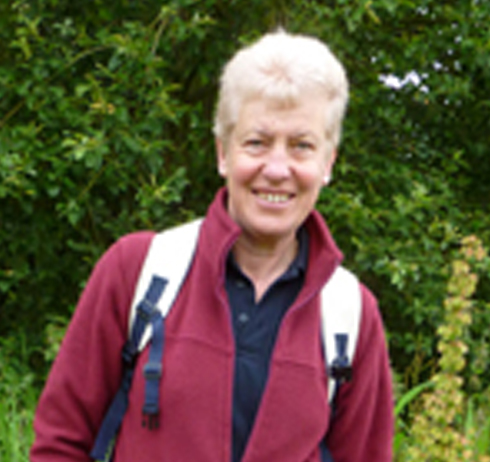
Libby RalphFriends of Farnham ParkLibby has lived in Farnham since 1988. After 30 or so years as a manager and business consultant in major IT firms, Libby quit her desk in 2010 and studied for a First Class Honours degree in Conservation and Wildlife Management. She is a Trustee of the Friends of Farnham Park, and chairs the Farnham Rivers Group, which monitors the health of the River Wey through the town. She volunteers 4 days a week for various conservation organisations, including RSPB, Butterfly Conservation, Natural England and Farnham Park, and was previously a volunteer warden for Surrey Wildlife Trust. Her interests include overall landscape ecology, and the behavior and ecology of small mammals. |
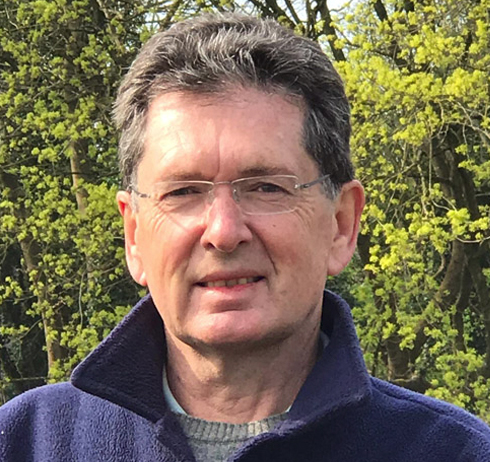
Peter GillespieBorn in Dublin, Peter has lived in Farnham since 1999. A chartered accountant, he worked in manufacturing and services in the UK and abroad before creating his own business services company. He was a founder member of the Bourne Conservation Group, and had a tiny part to play in producing ISO 26000 Social Responsibility. His final employment was as CSR Director for a large group. |

A personal project of photographically recording the diversity of visitors to the hybrid rock rose (Cistus x hybridus).
Read more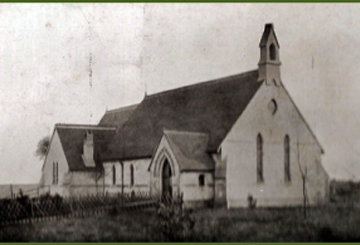
Built in 1861, the Chapel of Ease site was open heathland and devoid of any trees. An avenue of eight lime trees was planted along the path lining from the road to the chapel door in 1862, but one died so now only seven survive. The Old Churchyard is home to a diverse range of species...
Read more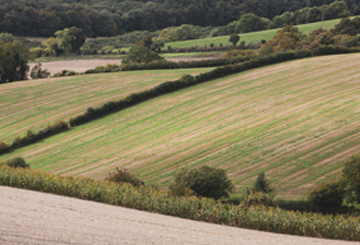
A green corridor is any feature or series of features in the landscape (or townscape) that can be used by wildlife (both animals and plants) for their migrations and/or dispersal. Ideally a corridor should be a continuous linear feature, but pragmatically the links will need to be discontinuous chains of habitat.
Read morePlease feel free to contact the group management for any aspects of the Farnham Biodiversity Action Plan.